Winery visits should be on the top of your agenda, but there are fun things to do in Szekszárd even if you aren’t an oenophile.
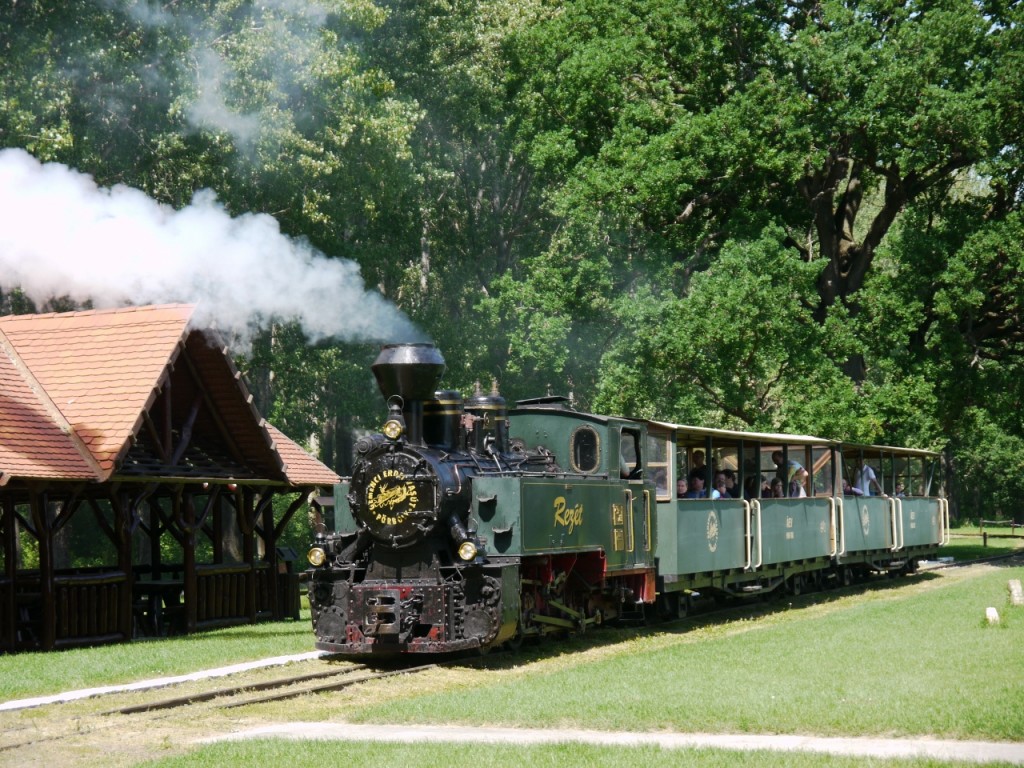
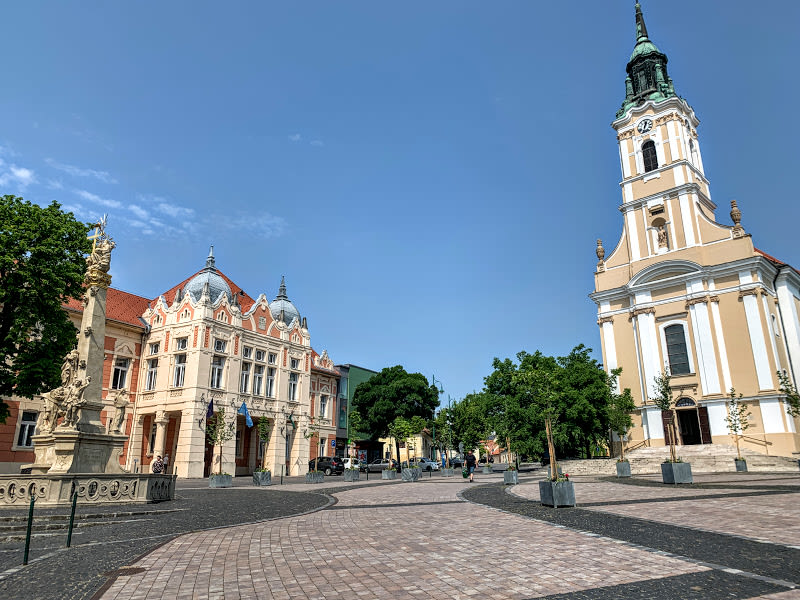
Visit the old city center of Szekszárd (location)
The 35,000-resident Szekszárd doesn’t overflow with attractions but the city center on Béla király tér is worth a glance. The giant, gleaming white neoclassical building (1833) used to be the County Hall and inside its courtyard still stand the remains of an 11th-century Benedictine monastery. There’s a wine fountain dedicated to Bacchus behind the building (alas, with a supply limited to the holidays). Across the plaza is the city’s Art Nouveau Town Hall, a late-Baroque Roman Catholic church, and a Baroque statue dedicated to the Holy Trinity.
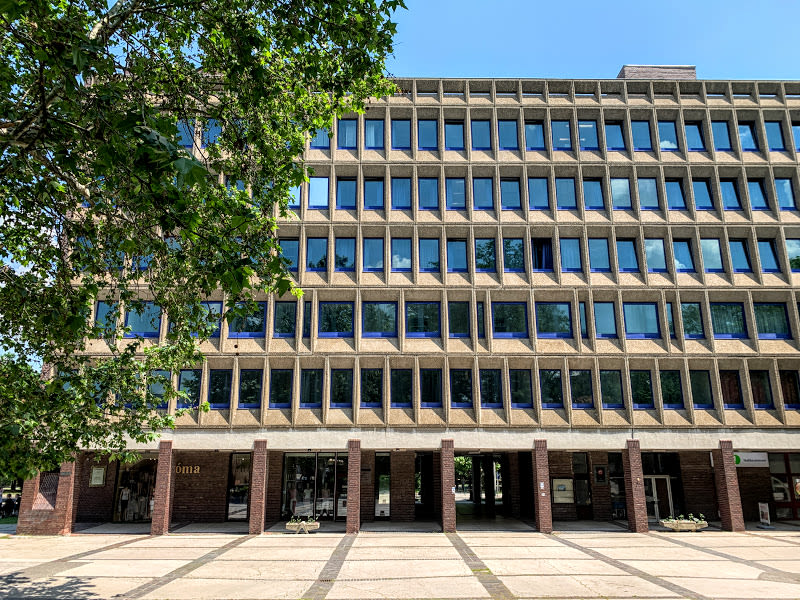
Visit the “new” city center of Szekszárd (location)
After decades of neglect, many city centers in Hungary were revamped in the 1960s and ‘70s. In Szekszárd, architect Károly Jurcsik designed a group of truly contemporary brick-and-concrete buildings inspired by his experience working in London. He also convinced the local politicians not to demolish the three historical homes flanking the square (Franz Liszt stayed as a guest in one of them several times). The pedestrian-friendly plaza at the center features a striking concrete-clad court building.
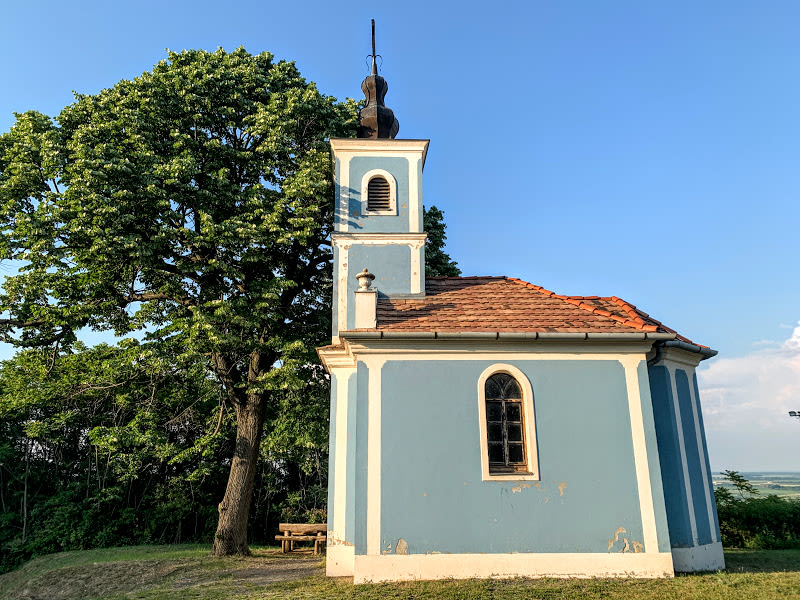
See the Mausz (Mayer) Chapel in the south of Szekszárd (location)
A local German couple, Michael és Anna Mayer, commissioned this adorable blue-and-white chapel in 1891. In good weather, one can see as far as the Sárköz villages (Decs, Őcsény) and the Gemenc National Park from this serene hilltop.
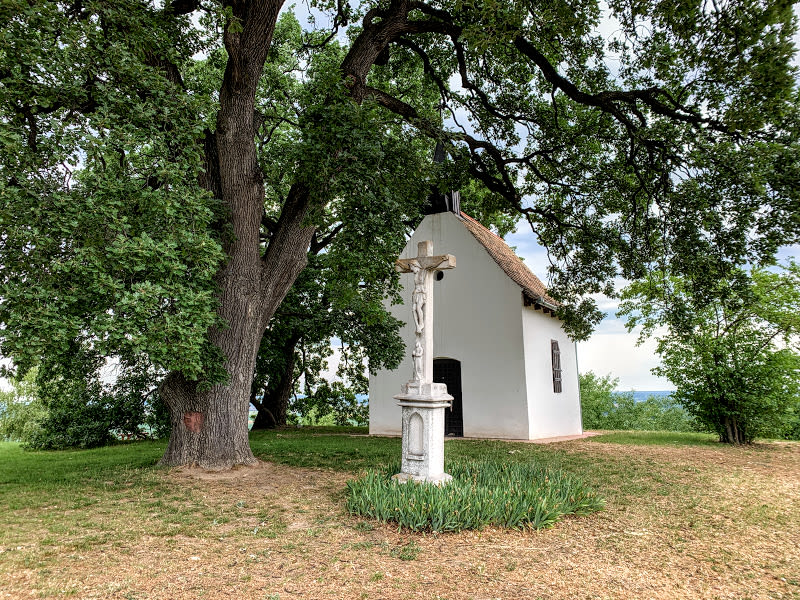
See the Szent Orbán Chapel near Bátaszék (location)
Near the town of Bátaszék on a small and deserted hill stands this charming Baroque chapel. The two giant oak trees flank the building — one of them is estimated to be 300-400 years old — and lend the area a hauntingly melancholy and timeless air. On the feast day of Saint Urban, the patron saint of winemakers, the local German vintners used to pour wine around the chapel and the trees in hope of a rich grape harvest for the year.
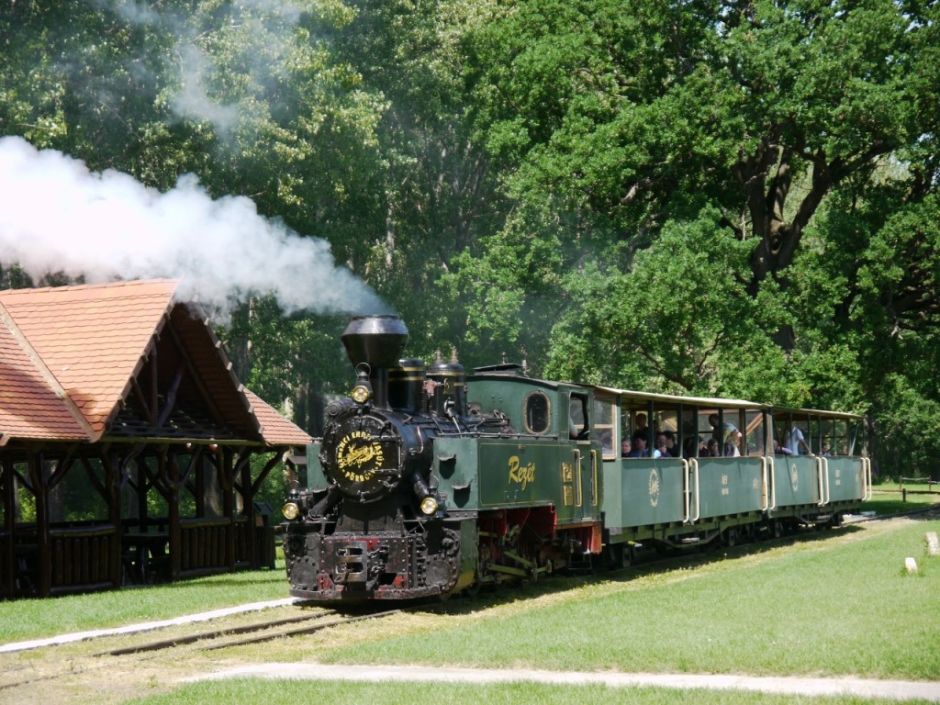
Take the small train through the Gemenc National Park (location)
When the flow of the Danube River was regulated in the 19th century, they left untouched a small bit of swampland near Szekszárd. Today, this 30-kilometer stretch of stunning wilderness is part of the Gemenc National Park. Small streams and lakes punctuate the woods, which are home to a rich wildlife, including red deer and wild boar and rare bird species like white-tailed eagles and black storks. The best way to explore Gemenc is with the small forest train that crisscrosses the area, leaving from Pörböly. Be sure to check the train’s schedule in advance — there’s a reduced service in the winter.

Visit the Serbian Orthodox church of Grábóc (location)
Southern Hungary, including Szekszárd, used to have a sizable population of Serbian exiles when the Ottomans occupied the Balkans (many of them returned home in the 19th century when Serbia was liberated). For centuries, the tiny, secluded village of Grábóc was the religious center for Serbians across Hungary. The congregation and the Serbian Orthodox priests are long gone, but a couple of nuns still live in the 18th-century monastery of this tucked away and atmospheric religious site. Before you leave, be sure to take a glance at the giant iconostasis inside the frescoed Baroque church.